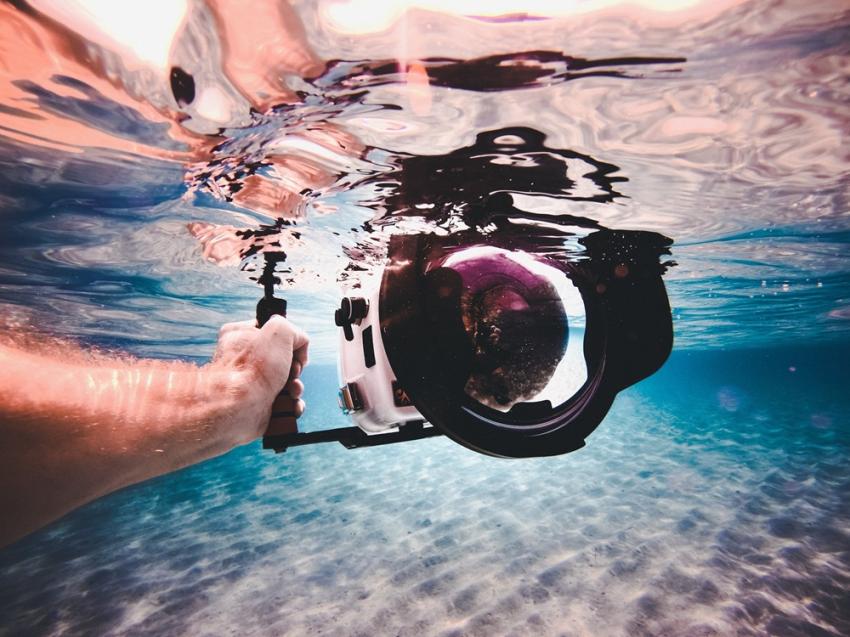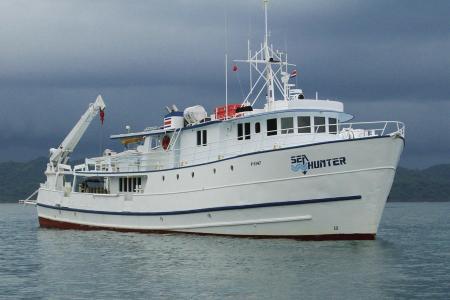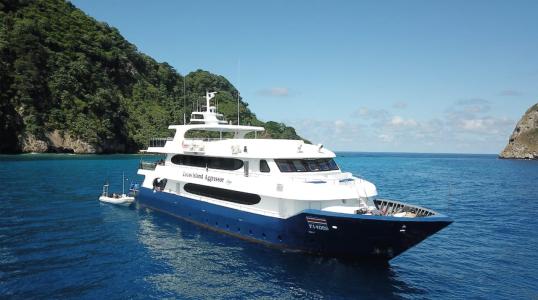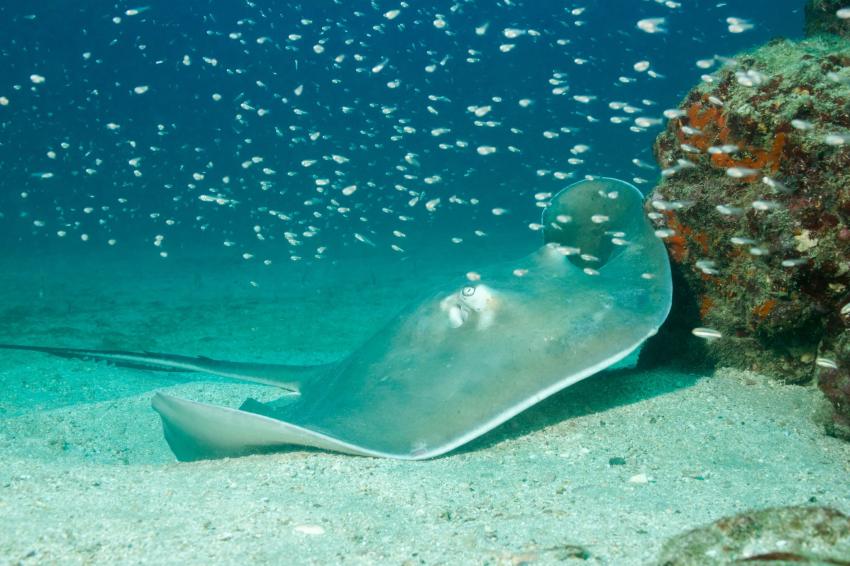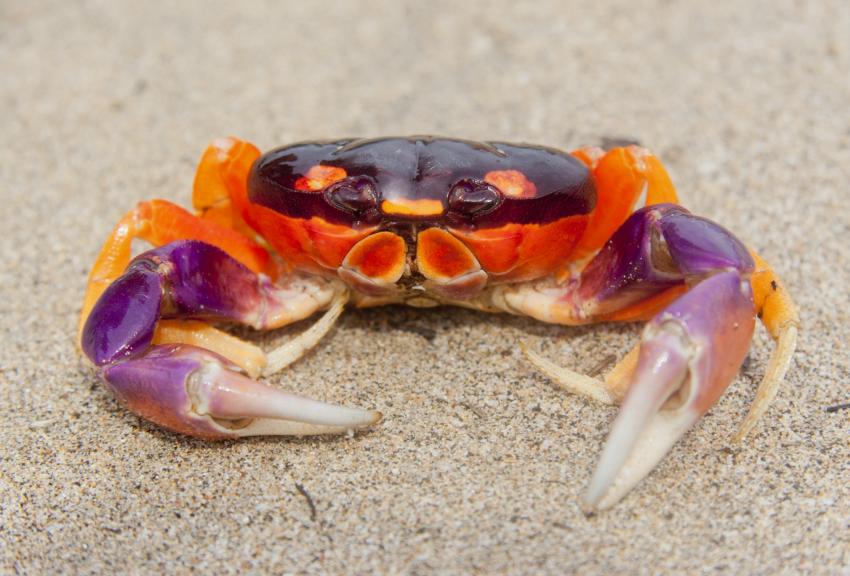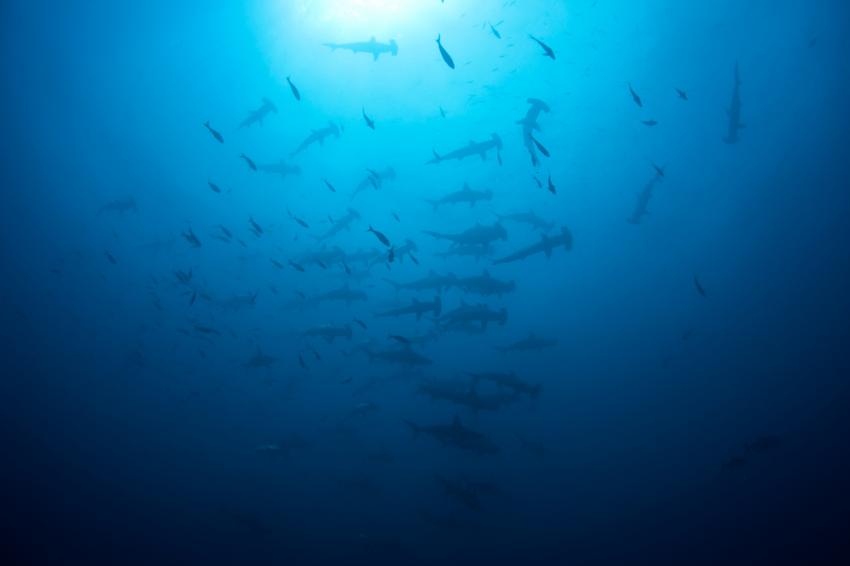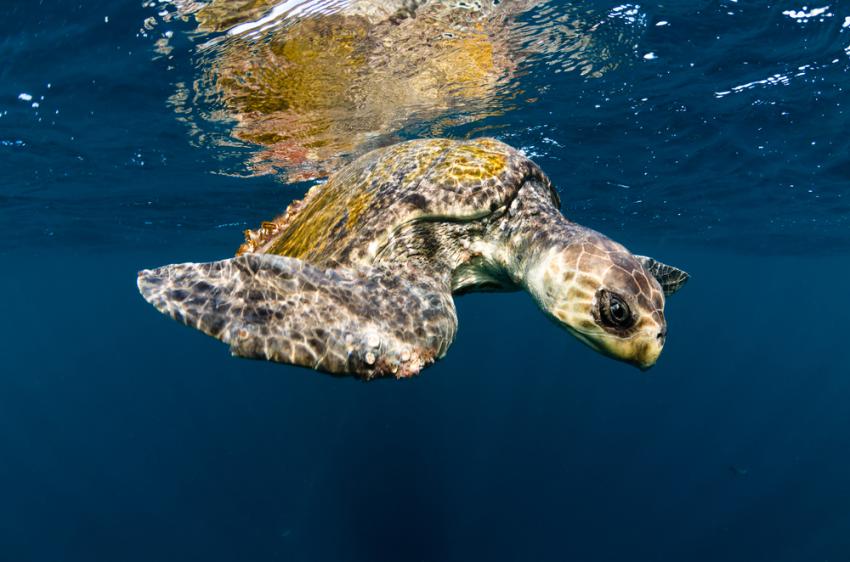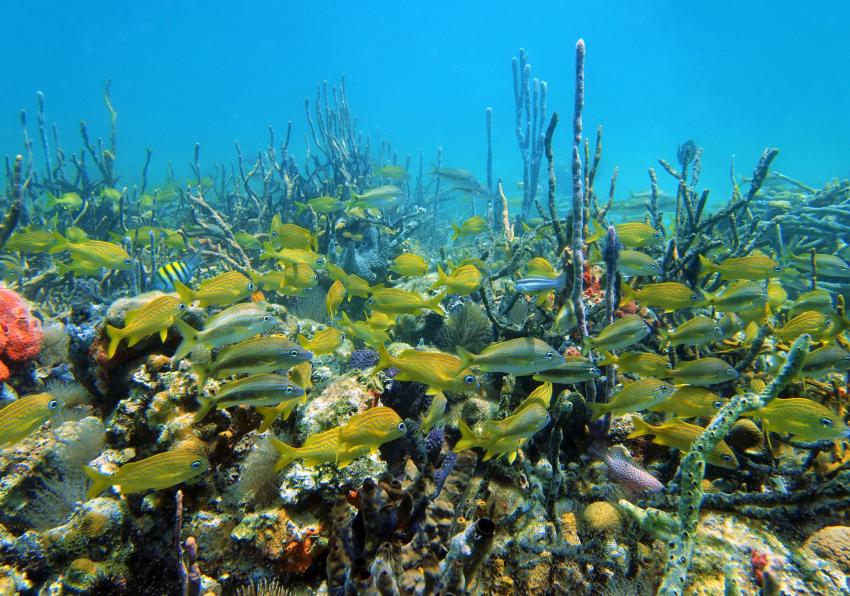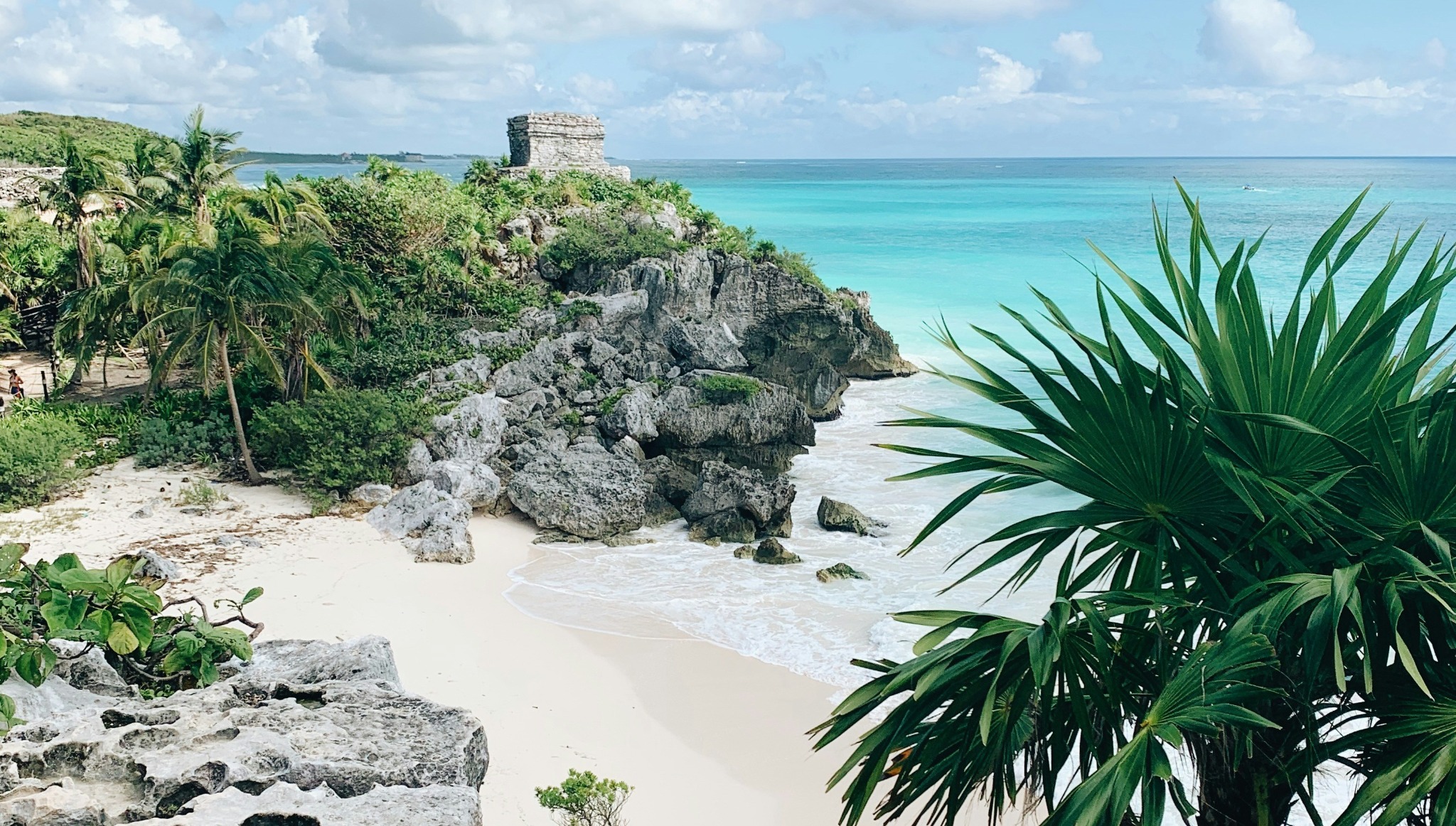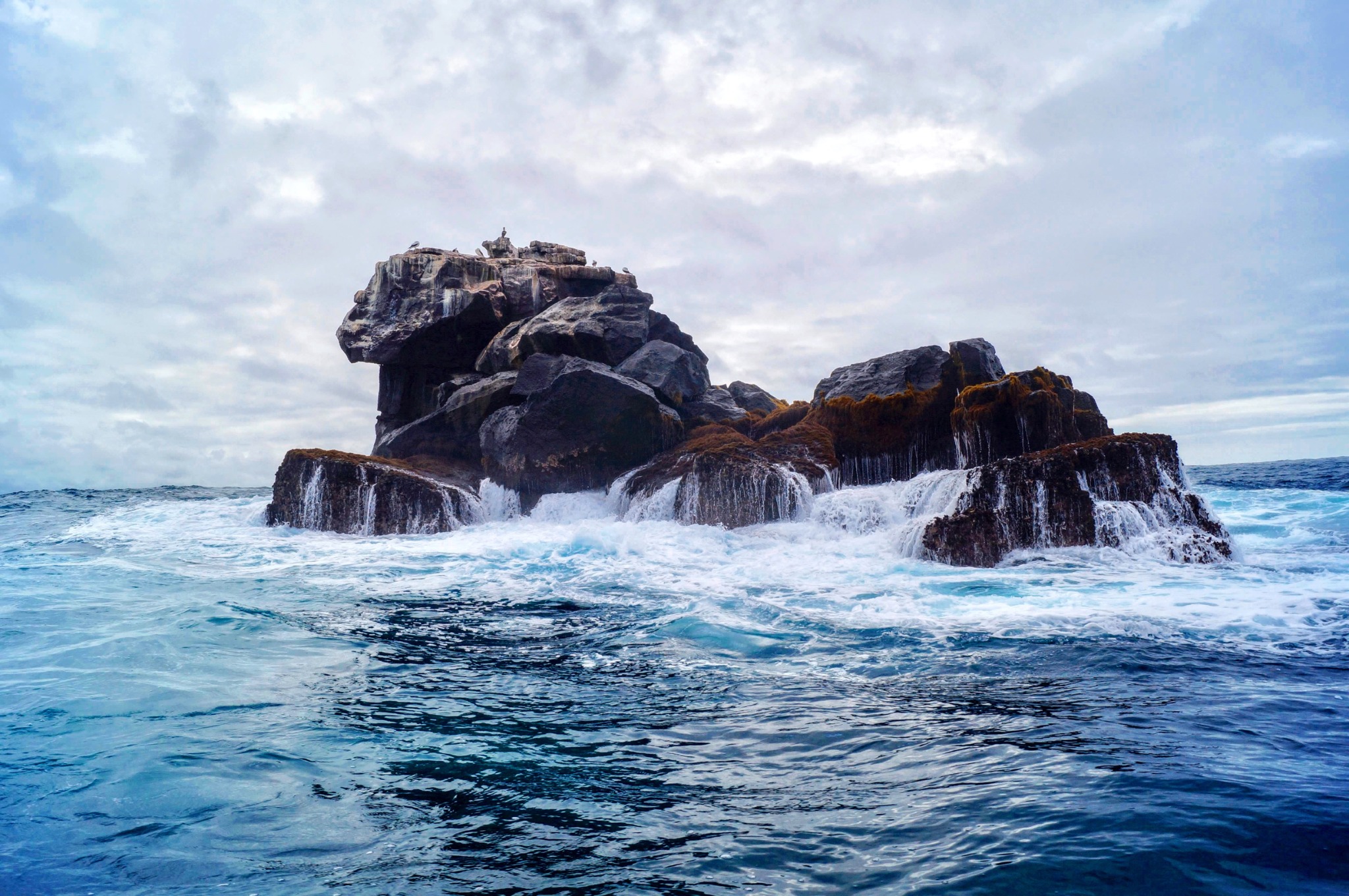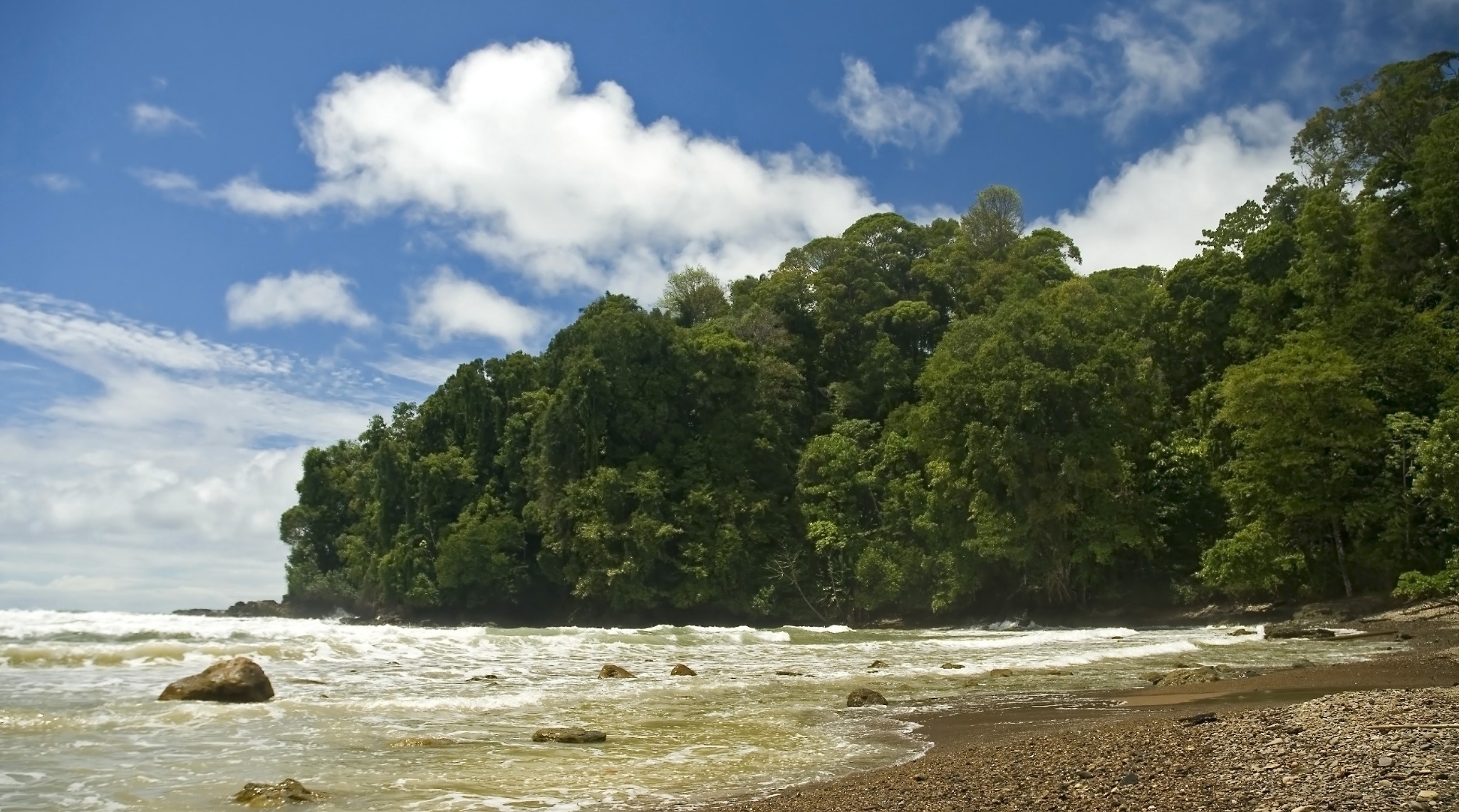
Best Costa Rica Liveaboards
Handpicked Costa Rica Selections
Get more with Divebooker rewards
- Free DAN insurance
- 5% money back
- Up to 10% savings for the next travel
- 2X money back on select days
- Extra care support package
Liveaboard Diving in Costa Rica
Costa Rica offers a breathtaking underwater world teeming with an array of marine life that sets it apart as a diving destination. Expect to see hammerhead sharks, manta rays, dolphins, and schools of colorful fish like angelfish and parrotfish. Unique creatures like sea turtles, moray eels, and nurse sharks also make frequent appearances. Alongside this rich biodiversity, Costa Rica's underwater landscapes feature stunning coral gardens and volcanic rock formations that are a haven for macro life such as nudibranchs and crustaceans. One of the distinguishing aspects of diving in Costa Rica is the opportunity to explore relatively untouched and remote sites. Liveaboard trips primarily depart from Puntarenas, and the closest airport is Juan Santamaría International Airport (SJO)
Top Places to Dive in Costa Rica
Cocos Island is indeed the crown jewel for Cocos Island liveaboard diving in Costa Rica. This remote paradise offers unparalleled diving experiences with its abundant marine life and unique underwater landscapes. Occasionally, Cano Island and Guanacaste can also be part of your exotic dive cruises itinerary, though these are rare additions. Cano Island, a biological reserve, is known for its crystal-clear waters and vibrant coral reefs teeming with diverse marine life. It's a serene contrast to the remote and rugged Cocos Island, offering a more tranquil diving experience. Guanacaste, on the other hand, provides a different flavor of diving with its varied underwater habitats. From coral gardens to bull shark encounters at the Bat Islands, Guanacaste diving is diverse and accessible, adding a dynamic range to your diving adventure
Must See Costa Rica Dive Sites
When To Go Diving in Costa Rica
The best time to dive in Costa Rica is indeed between May and November, coinciding with the wet season. This period offers the greatest chances to see a wide array of marine life due to nutrient-rich waters brought in by the rains. Currents during this time can be strong, so experience is recommended to navigate these conditions safely. Water temperatures during this period range from 21°C to 29°C (70°F to 85°F), depending on the season and the specific diving location. Warmer temperatures are typically found earlier in the season, while cooler waters are more common as the wet season progresses. These variations in temperature can affect the types of marine life divers encounter, as well as the overall diving experience
Frequently Asked Questions About Costa Rica
Do I Need Advanced Certification for Cocos Island Diving?
How Do I Get to Cocos Island?
What are liveaboards in Costa Rica like?
Only a few liveaboards provide diving trips to Cocos Island, making it a truly exclusive destination. Among these are two operated by the Aggressor Fleet: Cocos Island Aggressor and Okeanos Aggressor II. Okeanos Aggressor II offers ample accommodation, great diving facilities, and special photography facilities, making it ideal for those looking to capture their underwater experiences. Okeanos Aggressor II boasts both covered and uncovered sun decks, sun loungers, a bar, and a grill. Of course, like any other Aggressor Fleets' liveaboards, this boat has everything to make your diving trip perfect.
The newer Cocos Island Aggressor is another custom-built vessel in the Aggressor Fleet. It offers a range of amenities for relaxation, including a sun deck with chaise lounges and deck chairs, as well as a bar and grill. The menu onboard is varied and abundant, featuring American feasts, barbecues, and local cuisine.
Sea Hunter stands as a unique offering that combines luxury with functionality. This spacious vessel caters to serious divers and photographers, providing individual gear lockers, specialized camera and strobe storage with both 110 & 220 AC power outlets, dual camera rinse tanks, and even a drone takeoff and landing pad. A well-equipped galley ensures meals and refreshments are up to par



